Choosing a Martial Art
At some point or other, many people decide to give a go at learning how to fight, yet many of them don't really have much of an idea how to choose the best one for their goals. To make matters worse, many areas offer a very limited array of choices, perhaps only offering boxing and wrestling, not to mention the fact that they don't understand how to evaluate a martial art for suitability to achieve their goals. I hope this simple article will give martial-art shoppers some guidance.
There are literally thousands of styles out there, many of them quite similar to each other, but most are only available in certain places, or it may be the national sport or martial art of a certain country. Whether it's Japan's Karate, China's Kung Fu, the Philippine's Eskrima, Cambodia's Bokator, Thailand's Muay Thai, the US Marines' MCMAP, Brazil's Jiu-jitsu, the Afro-Brazilian Capoiera, Israel's Krav Maga, Indonesias Pencak Silat, Boxing, Wrestling, Uzbekistan's Kurash, Russia's Sambo, or some other combat system, there are options for just about anyone - from little kids to the elderly!
What's Your Goal?
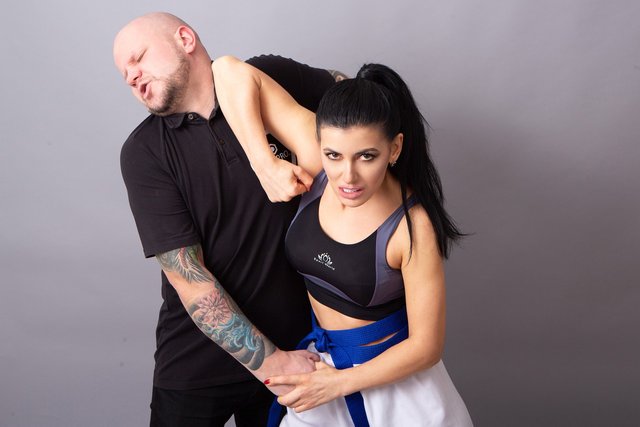
You need to carefully think about what you hope to get out of a martial art, and then start researching based on your goal(s). Some possible goals include:
- Self-defense
- Competing
- Revenge
- Fitness
- Losing weight
- Work-related (police, military, mercenary, security, bodyguard, etc.)
- Street fighting
- Flexibility
- Dexterity
- Balance
- Hobby
- Research
What Are Your Strengths and Weaknesses?
You'll need to look for a system that can cater to your strengths and weaknesses. Speed, strength, dexterity, flexibility, balance and physical challenges are among the possible areas you must attend to. Do not automatically assume that a particular weakness makes you ineligible to learn a martial art.

If, for example, you're handicapped, the system should have forms for your handicap, and the instructors should be able to teach you without trouble. Some systems offer forms for handicapped people, but this doesn't mean that every school/dojo does, nor does it mean that every instructor knows about such forms. However, being handicapped does NOT mean you cannot learn a martial art. Some are specifically designed for handicapped people.
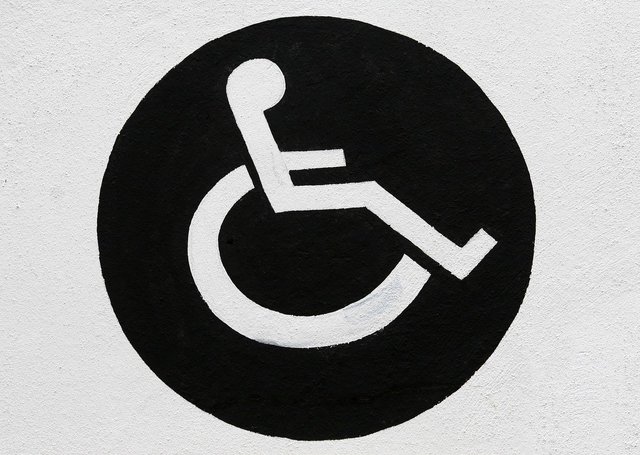
On the other hand, if you're not a powerful person, you'll need to focus on a style that doesn't require strength but, instead, uses speed, grace and skill, perhaps using joint locks and throws, and using an opponent's attacks against themselves.
Whatever it is, you'll also have to discover how to improve your weak areas. Most people can make some improvement through diligent practice, be it strength training, flexibility, speed, balance or something else but, obviously, you'll need to work with an expert to find out what can and cannot be improved. For example, if you're missing all or part of a limb, that is something you'll have to accept - with or without a prosthetic limb.
In the end, however, a vast majority of people are able to learn a martial art, but it takes grit to actually become proficient enough to be able to truly use it well, and the time it takes to reach that stage varies from one person to the next. Don't give up when you reach a certain level/belt, don't stop practicing even if you stop going to class, and always try to consider new moves that cater to your weaknesses.
What Code Do You Follow?

It may seem odd to some, but a lot of schools have a code that they expect their students to follow. This may include morality, honor, deceptiveness, respect, non-aggression, etc. Your goal and outlook will influence which school you choose to attend.
Suggestions for Goals
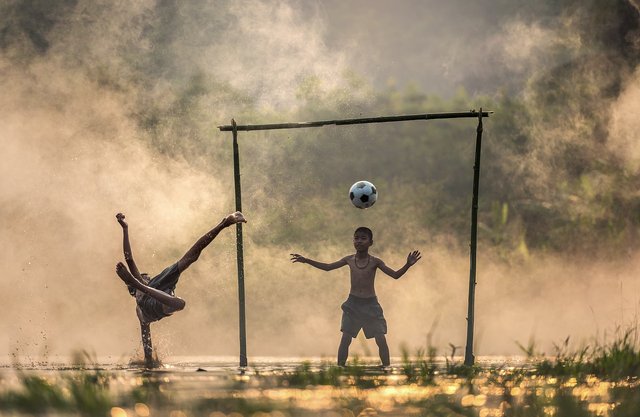
Unfortunately, I don't know enough about martial arts and there is so much variety even in ones I do know about that I cannot name specific ones for each goal. Below are some generic pointers. Make sure to choose a system that can help compensate for/improve your weaknesses. Please note that I do NOT recommend competition systems in general for non-competition goals because they are usually geared to only hitting a small portion of the body and have many rules and restrictions that are not suitable for real combat situations. You can always ask the instructors what their system is appropriate for, but independent research is a must because some instructors are good at marketing and will lie to get paying students.
Self-defense: Ideally, you should look for forms that either discourage attackers (e.g. redirection, throws and locks), or disable them (e.g. bone and joint breaks, pressure point attacks) so they can't pursue their attack and you can get away. Stay away from systems designed for competitions.
Competing: Competition sports have a lot of rules when you're on the mat or in the ring, such as where you're actually allowed to hit, the moves you can use, time limits and more. Some actual martial arts have been converted to competition sports for the preservation of the system, while others were designed with competing in mind from the start. Although a highly skilled competitor should be able to hold their own in a real fight, a lot of competitors will find themselves at a disadvantage because they'll have been taught restrictions that are bad in a fight.
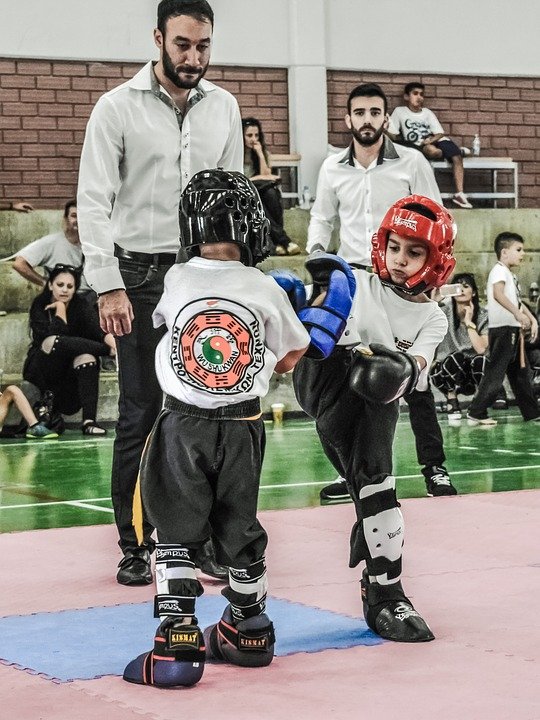
Revenge & Street Fighting: This is not an avenue I suggest you take, but I know some still will. You'll need to look at hardcore styles that focus on fighting multiple opponents, disarming, disabling, mutilating, maiming, and a wide variety of attacks to make sure your opponent(s) never gets up again, as well as effective defenses that take advantage of your opponent(s) attacks. Stay away from systems designed for competitions.
Fitness, Losing Weight & Strength Training: Look for a school that exercises vigorously to warm up for learning the style, and much of the learning process is aerobic in nature. If you're not physically fit, please be aware that the first time (or 2, 3 or more) that you exercise, you may have to stop before it's done in order to prevent fainting due to over-exertion. It doesn't matter if it's a combat or competition system.

Work-Related: Your employer may dictate what you have to learn for the job, but this doesn't mean it's the only system you can learn. I encourage you to do research what are considered the most effective combat forms, such as Israeli Krav Maga, Brazilian Jiu-Jitsu, Combat Hap Ki Do, Kung Fu, Muay Thai, Linear Infighting Neural Override Engagement {LINE} (developed for the US Marines), Marine Corp Martial Arts Program {MCMAP} (replacement for LINE) Vale Tudo, Escrima, Bacorn, Rough and Tumble, and others, although some of these are disputed or vary in effectiveness from one school to another. There are some obscure systems out there that are extremely effective but little-known to the outside world and even amongst martial artists. Indonesia and China, for example, have dozens of martial arts forms each. In Indonesia, and Malaysia, they are collectively known as "Silat" or "Pencak Silat." Stay away from systems designed for competitions.

Flexibility, Dexterity & Balance: Obviously, you'll need to look for schools and systems that focus on exercises related to these things, either for warm-ups and/or actual practice. T'ai Chi, Pa Kua, and Hsing Yi are 3 Chinese examples of "internal" systems where these traits are important, but Kung Fu, which are external systems, may also focus a lot on them, as in the school I attended where several months of regular classes got me flexible enough that I could touch my face to the mat while sitting spread-legged. It doesn't matter if it's a combat or competition system.
What You Should Take with You
- Loose-fitting clothes that are a good match for the weather. Ideally, you should ask what kind of clothes you may wear before you commit and buy the prescribed uniform(s). Standard clothes are often called "gi" and include a long-sleeve top, long pants and a cloth belt (although the belt/ranking system is not employed in all styles and countries, nor is it the same from one style to another).
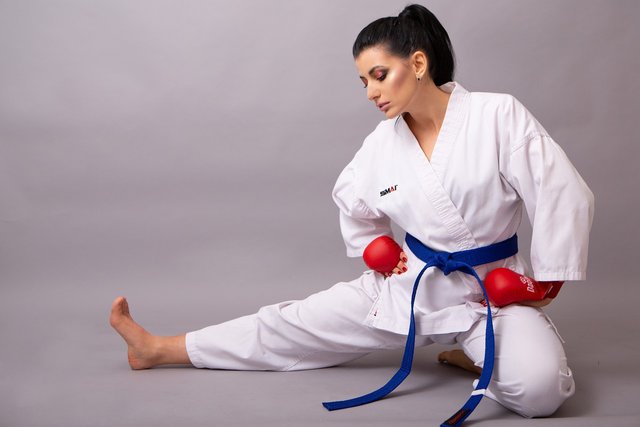
- Beverage. If you sweat very easily/heavily, consider taking multiple bottles. I recommend Body Armor and Pedialyte over Gatorade and Powerade products because they contain more of the essential electrolytes, vitamins and minerals you'll lose during a heavy workout. In addition, Body Armor uses only natural flavors & sweeteners, and no colors added. You should consult with your master instructor before using products like coffee, tea, chocolate drinks, and energy drinks.

- Extra clothes. You may end up getting quite sweaty and stinky, and it may be a good idea to change out of your martial arts clothes.
- Protective gear. The most important of these are mouthpieces and crotch guards, but some arts may require padded armor, shin guards, gloves, etc. Ask your instructor what's required and what's optional. Some items may only be for sparring and competitions.
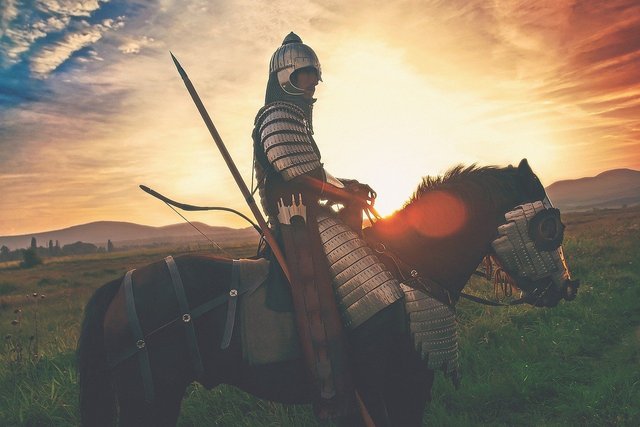
Probably not this!
Before You Start (Prep-Work)
Do a wide range of exercises that strengthen your body, and then others that make you more flexible. If you haven't chosen a school yet, you should look at what experts say to look for and what are bad signs at a school.
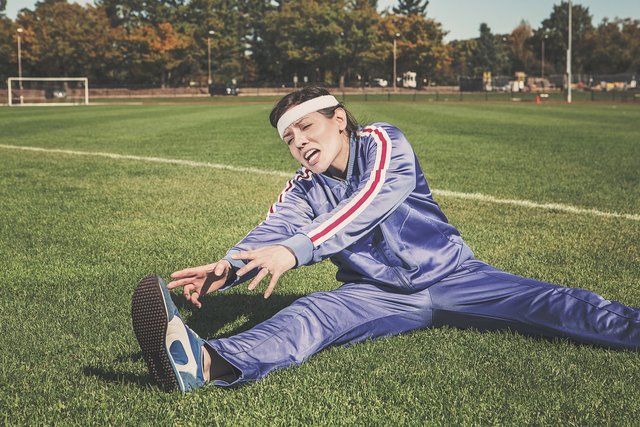
Warm-Ups
Although some instructors use very low-energy exercises (which I don't agree with because fitness is critical to success), a person who is not physically fit will typically find at least the first day of warm-ups to be extremely difficult to get through, and it may be several days or weeks before it stops being a struggle to complete the warm-ups. My first day, I almost fainted and had to sit down, and my daughter had a similar experience during a very intense workout. If you are obese or very much out of shape, expect the struggle to last much longer.
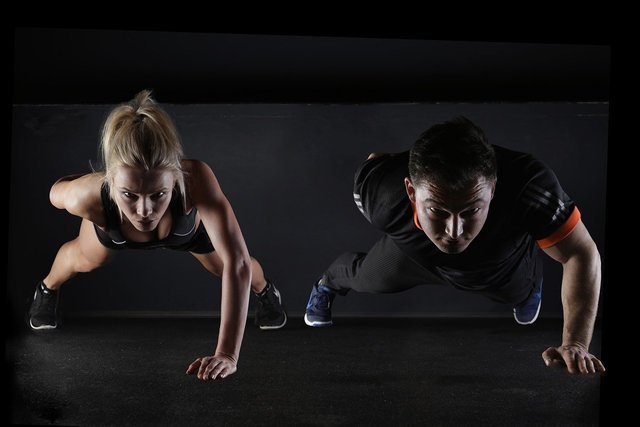
In addition, many martial arts use muscles that you don't use for normal activities, even at work, so you should expect months of sore muscles AND joints - including places you didn't think would ever get sore.
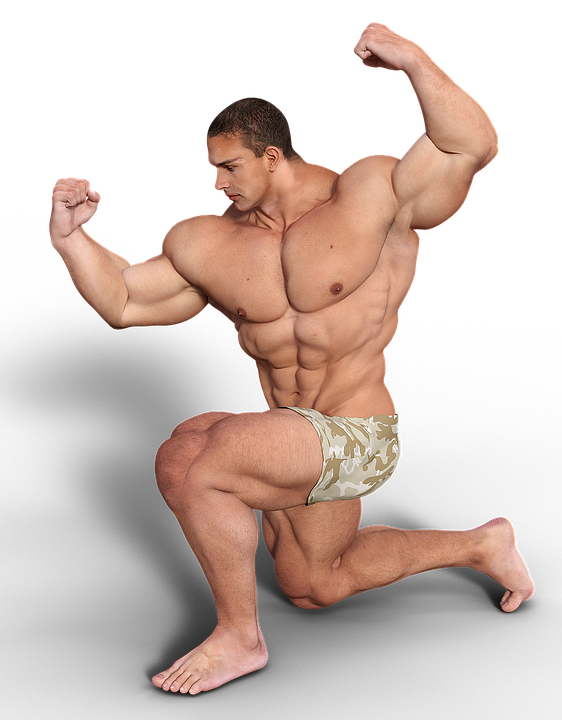
Flexibility exercises are not usually going to challenge your stamina but, rather, work to make you more limber so you don't walk like you've got a stick up your butt (picture the stereotypical weight-lifter who's so massive that flexibility has decreased). Some arts focus much more on them because you spend a lot of time working on techniques that can damage joints and ligaments, such as throws and joint locks. If you practice these diligently, you'll find yourself able to bend in ways you haven't done since childhood!

Warning
It is always possible that, no matter what your goals are, you'll be injured while learning, practicing or sparring - even at home. From bruises, sprains, strains, bloody lips, bloody noses, black eyes and loosened teeth all the way to serious injuries requiring medical intervention and even surgery. I sustained two injuries that both required surgery and physical therapy.
They Should Teach This
No matter where you go to study, certain things should be taught as a main part of the program, and not as a "festival/special event/special course" that you must pay extra for.
- The right exercises to prepare your body before practicing (warm-ups). The majority of martial arts should use a combination of strength and flexibility exercises.
- Correct gear to protect you, whether it be for weapons training or sparring.
- Falling safely and how to fight while you're down.

- Grappling & wrestling.
- Blocking, deflecting and redirecting attacks.
- Performing joint locks, leg sweeps, and throws.
- Kicking and punching, as well as using your elbows, hips, shoulders, and other body parts to attack. Ideally, how to perform multiple strikes simultaneously while deflecting/blocking the opponent's.
- Adapt to the situation and opponent(s).
- Fluidity, unpredictability and knowing what to string and when.
- When to fight and when to run.
- Disarming.
- Flexibility, speed and strength are all very important.
- Confidence without arrogance.
- Applying what you learn to real-life (or contest) situations in a variety of ways.
- Avoiding injuries to yourself and others during practice and sparring.
- Respect for yourself and others, restraint during conflict, and how to try to deflate a situation without using martial arts.
If you appreciate this article, please 🏅upvote/like👍 , 🤩resteem/share
, 🤩resteem/share and share it to Facebook
and share it to Facebook , Twitter
, Twitter , Reddit
, Reddit , LinkedIn
, LinkedIn and wherever else
and wherever else you can!
you can!
SUBSCRIBE
#StockPhotos
https://steemit.com/trending/hive-109286
The best place to share your free to use stock photos and earn STEEM, SBD & TRX.
Your post is rewarded and we support every member of the community!
I'm sorry, I don't have photos to share.